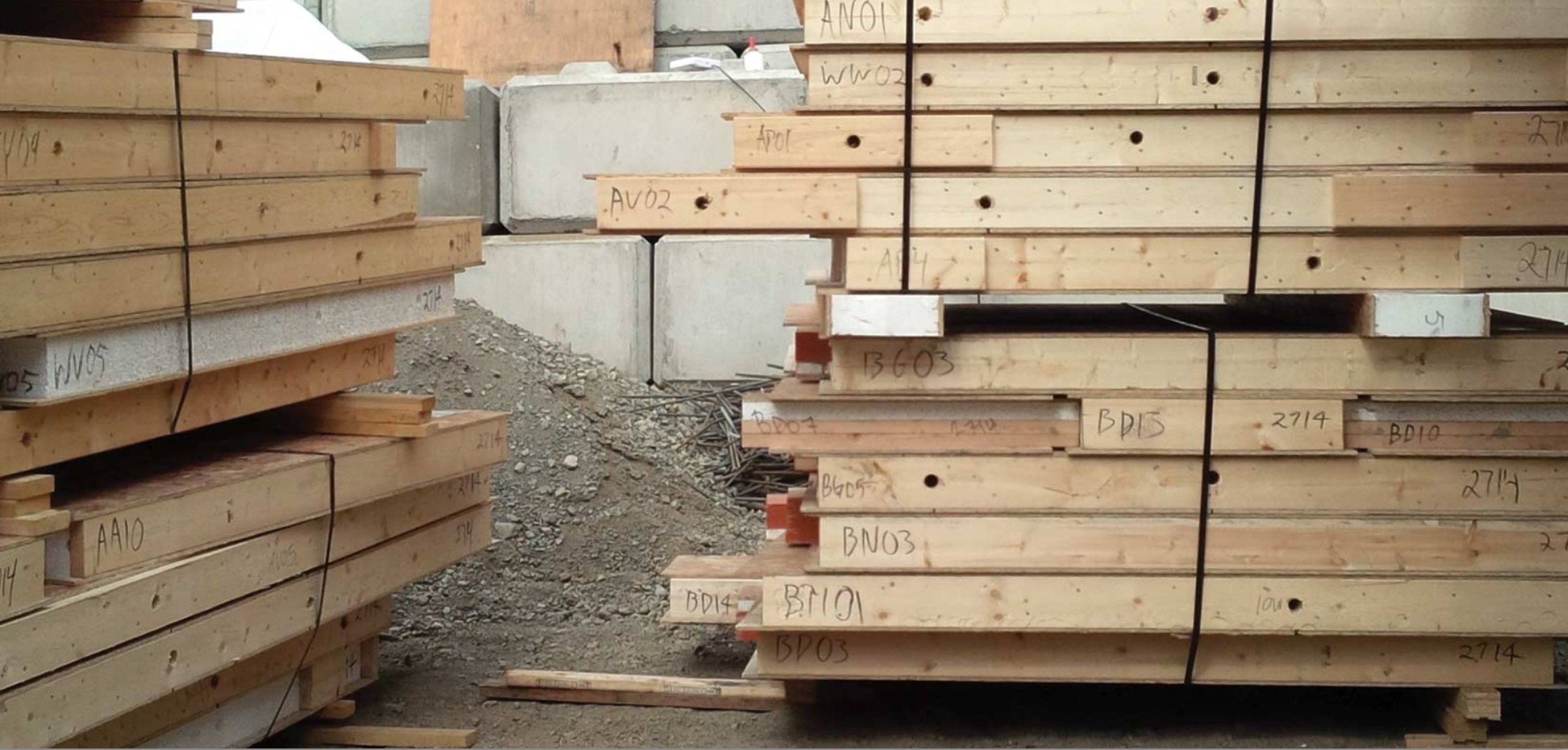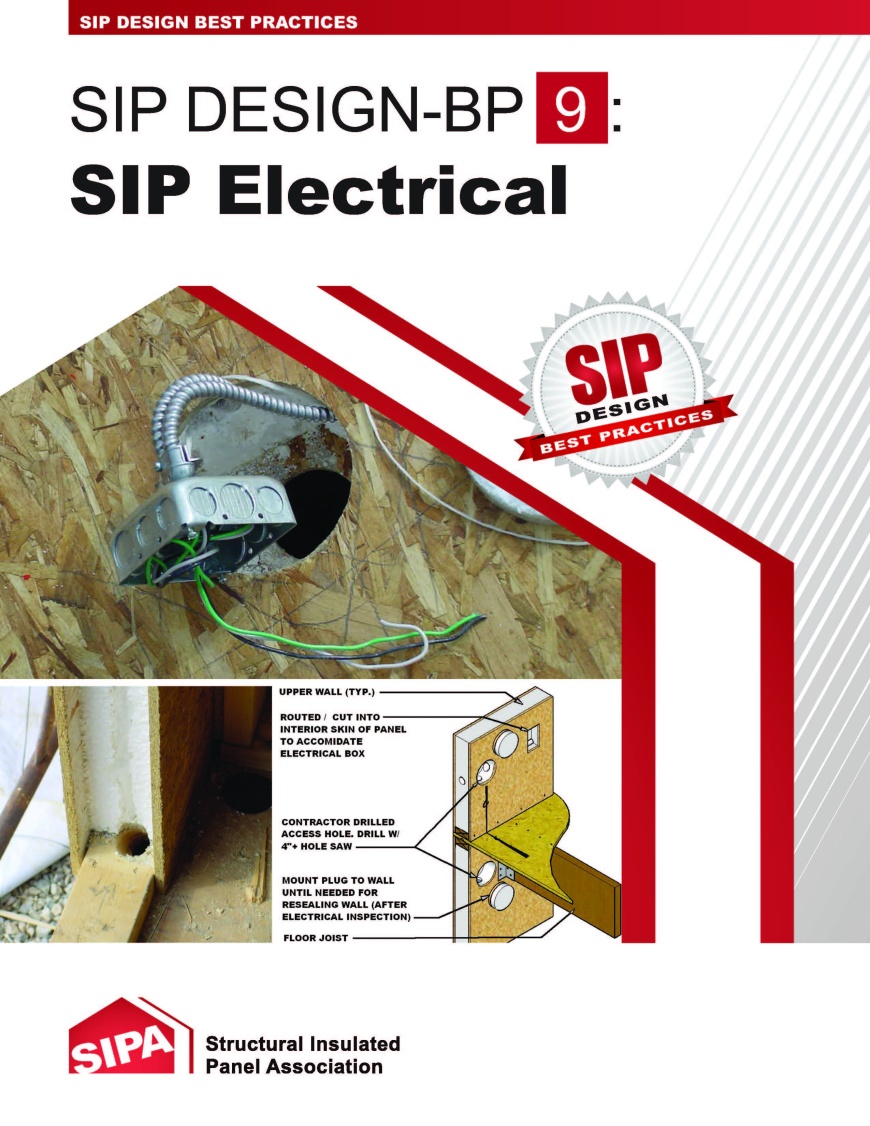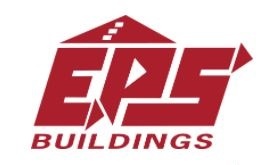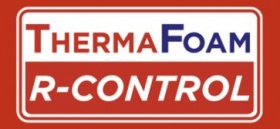
An electrician may feel like a fish out of water when it comes to running wires with panelized construction. As with most building innovations, there is certainly a learning curve, but it is easy to overcome and extremely advantageous to an electrician’s specialization. Electricians who take the time to work with structural insulated panels (SIPs) learn new techniques, increase cross-utilization opportunities and expand craft awareness in the rapidly growing offsite construction industry.
The very nature of SIPs and SIP manufacturing makes an electrician’s job easier than typical stick-frame wiring. In fact, many electricians would claim that SIP projects can be completed faster and with fewer jobsite challenges. Here are a few reasons why:

- Shop drawings are reviewed for electrical optimization prior to final approvals to verify chase locations, electrical layout, and code compliance. This also improves project installation times and overall efficiency.
- SIPs are manufactured to include electrical chases within each panel. This saves electrician labor by eliminating time spent drilling holes in studs. Vertical and horizontal chases are typically provided as a standard in SIP walls and can be added to SIP roofs upon request.
- Wiring holes are marked on the deck (or SIP) so that electricians can easily find them.

SIPA resources specifically addressing electrical jobs help reduce the learning curve. With these references in-hand the task of wiring a project can be completed in a timely fashion with confidence. The top three references for electricians working with SIPs:
1. SIP Design Best Practices #9: SIP Electrical brochure
2. Building with SIPs: NEED TO KNOW brochure
Includes an Electrical Checklist and builder considerations to ease the electrician’s job.
3. Building Education with SIPs Training Program
This 10-lesson program addresses all aspects of building with SIPs. Electricians will find Lessons 1, 2, 5 and 8 most beneficial.
This past September, SIPA Master Builder member Ted Clifton of Zero-Energy Plans, LLC presented an hour-long session at EEBA’s High Performance Home Summit titled How to Wire a SIPs House. Clifton’s class not only busts the myth that SIPs present more difficult wiring jobs, but it provides compelling examples of how smoothly and seamlessly the job can be accomplished.
The building industry is a constantly developing field of specialized professionals. SIPs, as a building system, reduce jobsite labor and minimize waste and carbon emissions. SIPs see fewer mistakes because of precision tools and a controlled manufacturing environment. All these benefits work as designed to maximize project efficiency and that includes the job of an electrician.
SIPs offer an environmentally-friendly building solution and an electrician-friendly system. Find out more by browsing SIPA’s free online resources or reach out to the builders, designers and manufacturers in our Member Directory.
How to Wire a SIPs House
For another video offering demonstrations of electrical with a SIP building envelope, watch SIPA’s 20-minute video titled “Rough-In Electrical Wiring on a SIP Home.” This snippet follows Trig Feltus with Destiny City Electric as he answers common questions on electric wiring with SIPs.
















